Valves UK
Limit Switch Box – Compact Design with Clear Open/Close Indicator
Limit Switch Box – Compact Design with Clear Open/Close Indicator
Couldn't load pickup availability
This Limit Switch Box offers a reliable and budget-friendly solution for valve position feedback in industrial automation. Designed with a compact and lightweight body, it is easy to install and delivers dependable performance without unnecessary cost.
The built-in transparent dome makes the Open/Close indicator visible from every direction, eliminating the need for extra attachments. With multiple cable entry options (M20 & 1/2” NPT), this switch box provides versatile connectivity to suit different setups. The adjustable serrated cam allows quick and precise switch adjustments, ensuring accurate feedback settings with minimal effort.
If you’re looking for a cost-effective limit switch box that combines quality with affordability, this unit is the smart choice for your actuator packages.
Key Features:
Compact, lightweight construction for easy installation
Clear Open/Close indicator visible from all angles
Inbuilt transparent cover – no extra dome required
Cable entries with M20 & 1/2” NPT options
Adjustable serrated cam for fast, fine switch adjustment
Affordable and reliable feedback solution
Share
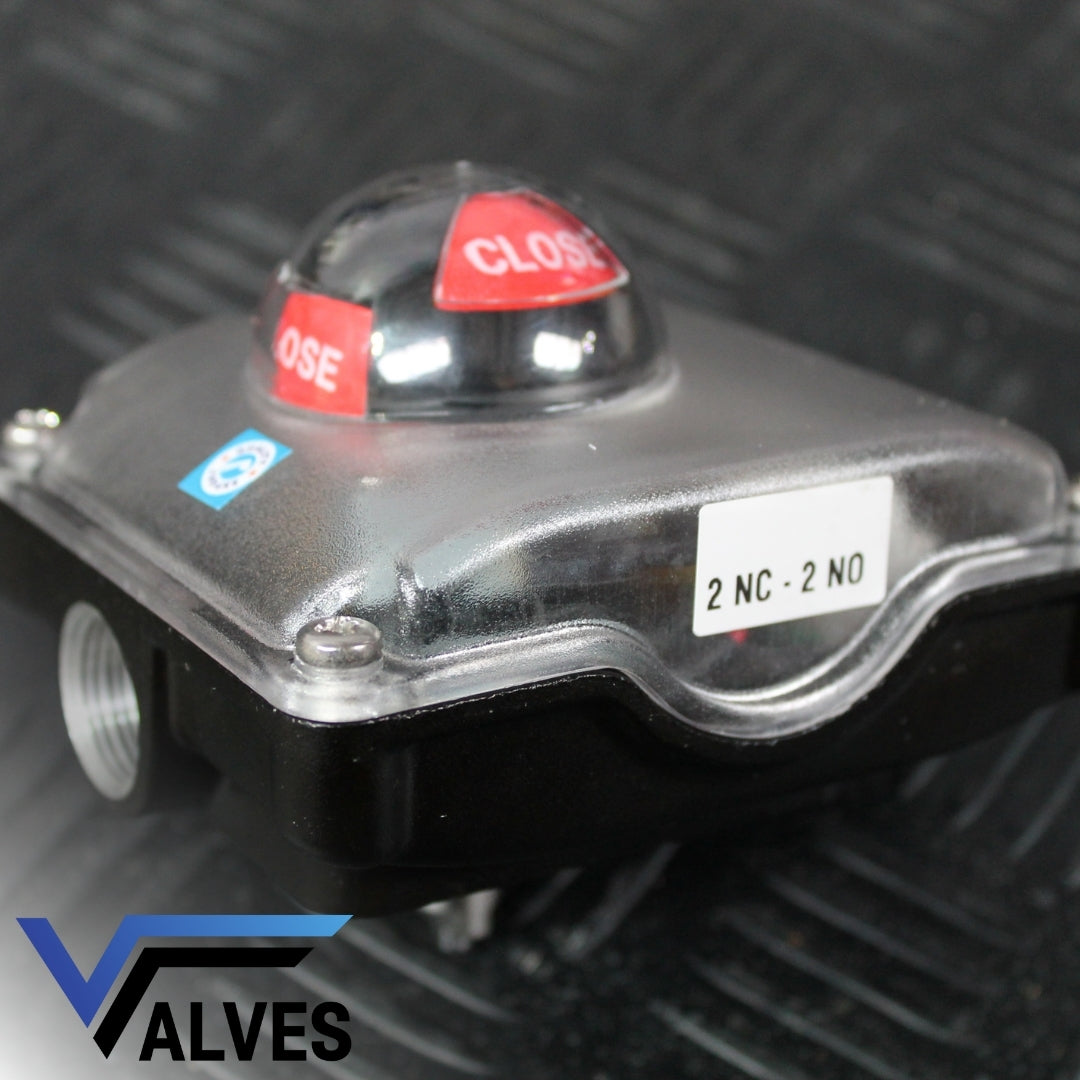
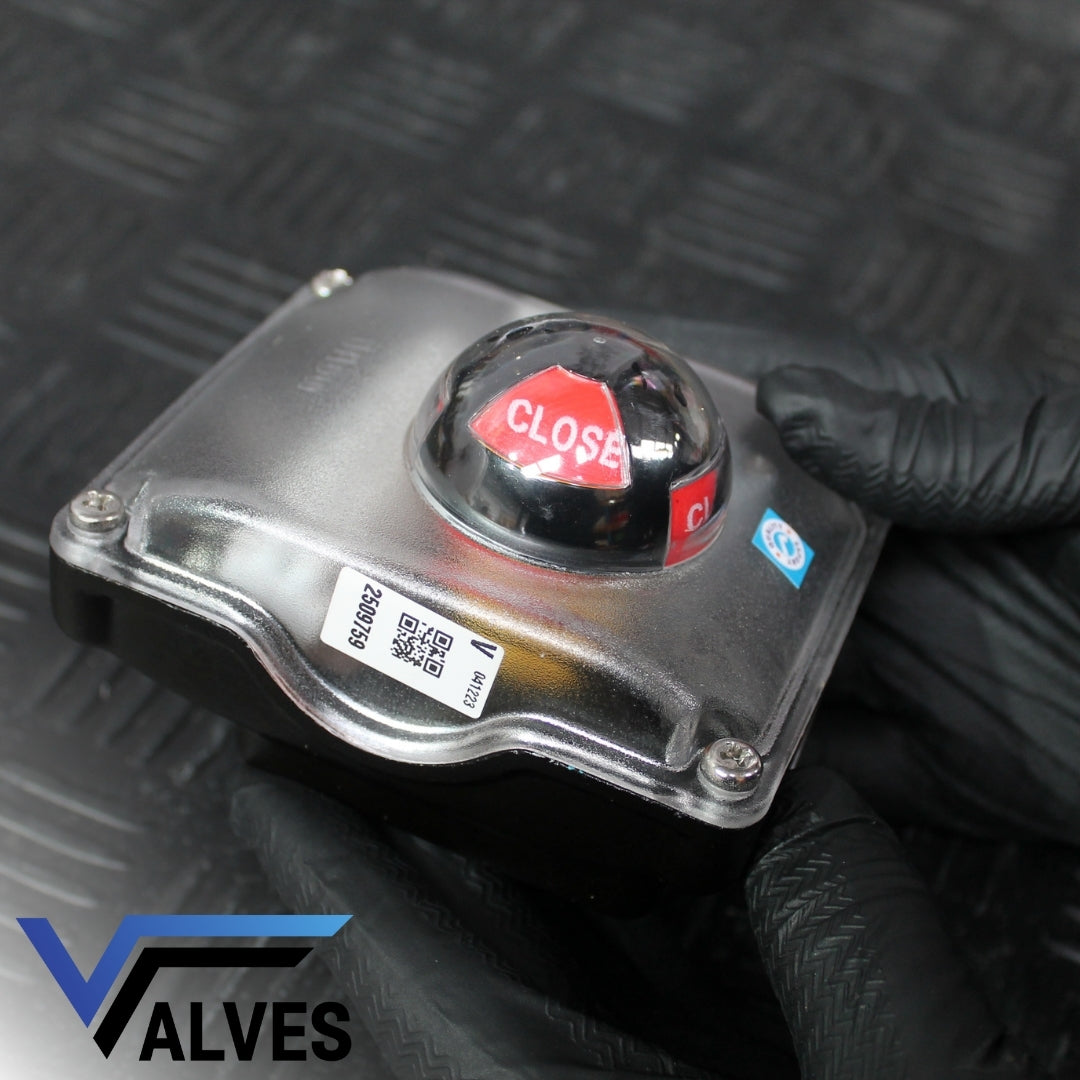
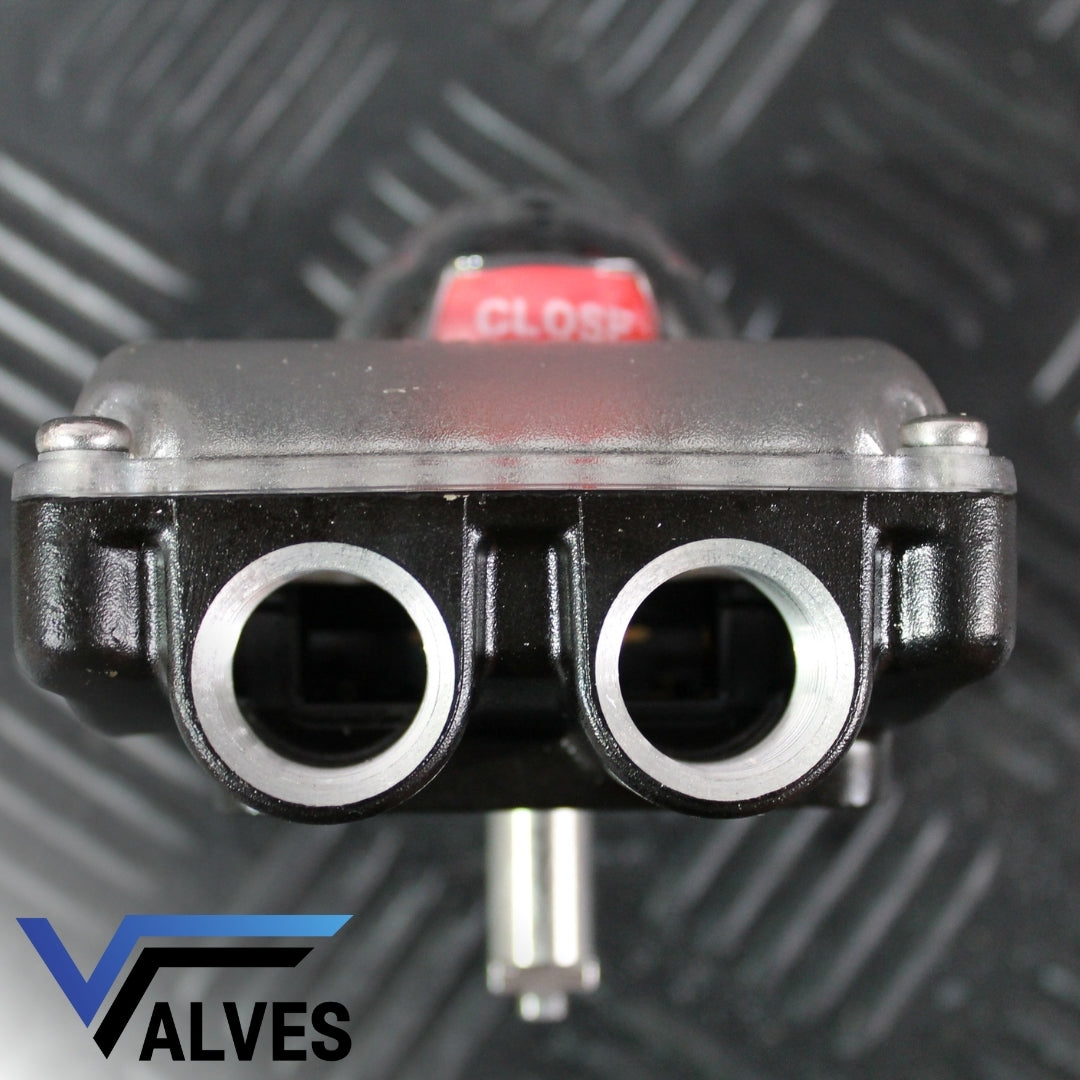
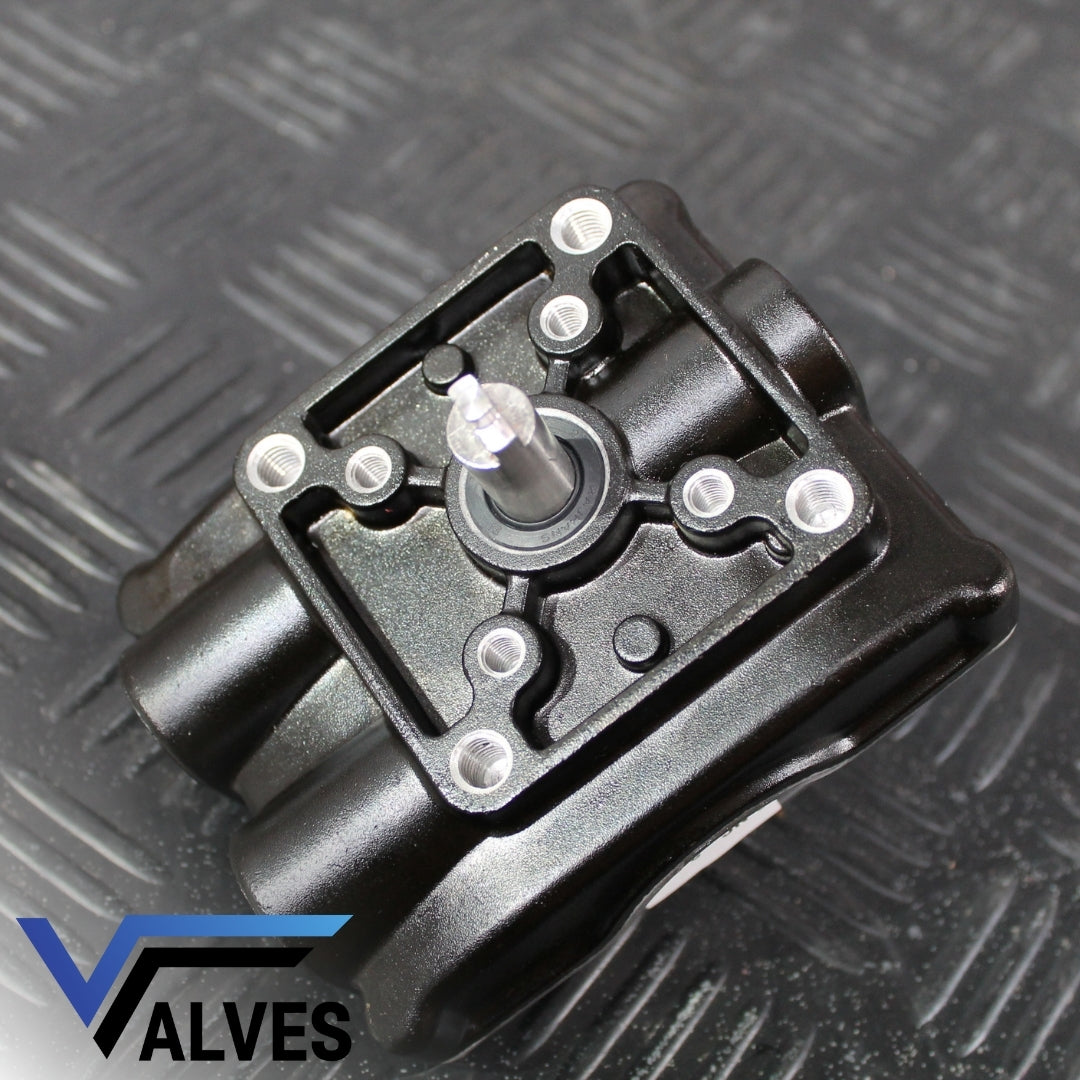
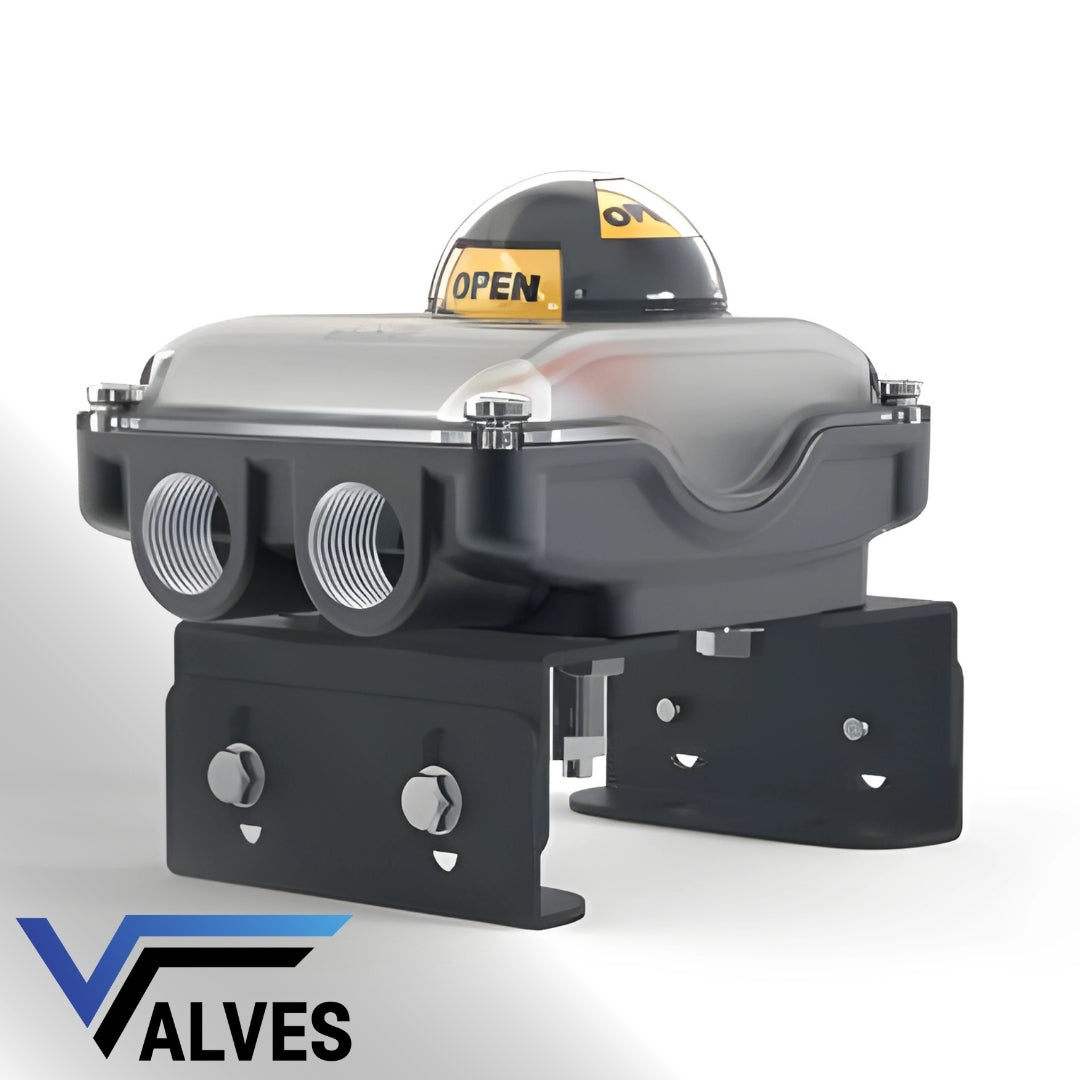
Enquire Online!
FAQ's
What is the difference between a valve and an actuator?
What types of actuators are available?
The main types of actuators are:
Pneumatic actuators – use compressed air for fast, reliable operation.
Electric actuators – use electrical power for precise control.
Hydraulic actuators – use fluid pressure for high-torque applications.
Each type offers unique advantages depending on the environment, media, and system control needs.
How do I choose the right actuator for my valve?
To select the correct actuator, consider:
Valve type and torque requirement
Power source available (air, electric, or hydraulic)
Operating environment (temperature, humidity, hazardous area)
Control signal type (on/off or modulating)
Matching actuator torque and compatibility with the valve’s ISO mounting ensures reliable performance.
What are the main types of valves used in automation?
The most common valves in automated systems include:
Ball valves – for tight shutoff and quick operation.
Butterfly valves – for larger flow control with compact design.
Globe valves – for precise throttling and flow regulation.
Check valves – to prevent backflow.
Gate valves – for full bore flow isolation.
What’s the difference between a double-acting and spring-return actuator?
Double-acting actuators use air (or power) to both open and close the valve.
Spring-return actuators use air to open (or close) the valve, and a built-in spring to automatically return it to a safe position when power or air is lost — ideal for fail-safe operation.
How often should valves and actuators be serviced?
Regular maintenance intervals depend on operating conditions, but a good rule of thumb is to inspect every 6–12 months.
This includes checking for leaks, lubrication, seal wear, and actuator responsiveness to prevent unexpected downtime.





